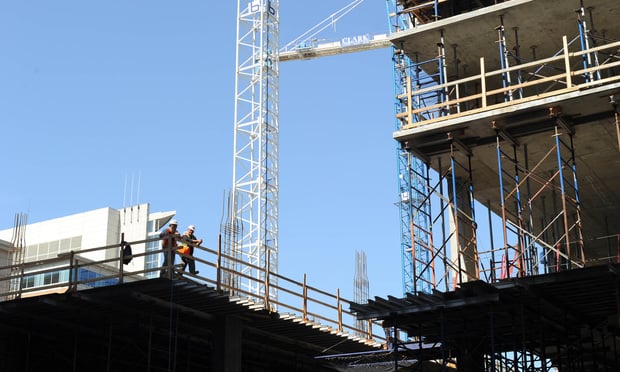Infill opportunities have been moving up the survey list inrecent years, and members said that small projects are working welland municipalities are making funds available for this type ofdevelopment. A new opportunity on the list is mixed-usedevelopment, combining residential and retail, which one memberidentified as a "major part of business in the next decade." Butone member cautions that many Minnesotans are still "uncomfortablewith urbanized living."
As for challenges, the tight labor market in the Twin Cities hasmade it difficult for retailers to find workers, and has preventedsome of them from adding new stores to the market. The issue ofMinnesota's high real estate taxes is back near the top again inthe No. 2 spot. That issue dropped from the No. 1 concern in 1998to No. 4 last year after some modest tax reform. But members citethe state's high commercial property taxes as a competitivedisadvantage in drawing new retailers to this market. What's more,while sales are rising on average about 8.3%, a quarter of thesurvey respondents saw their taxes go up more than 5%. Competitionis a rising concern, in part because many of the new projects havethe same types of tenants.
New to the list is a rising concern that the approval process isbecome more involved and taking longer, as well as communitymandates making the development process more difficult andcostly.
Continue Reading for Free
Register and gain access to:
- Breaking commercial real estate news and analysis, on-site and via our newsletters and custom alerts
- Educational webcasts, white papers, and ebooks from industry thought leaders
- Critical coverage of the property casualty insurance and financial advisory markets on our other ALM sites, PropertyCasualty360 and ThinkAdvisor
*May exclude premium content
Already have an account?
Sign In Now
© 2024 ALM Global, LLC, All Rights Reserved. Request academic re-use from www.copyright.com. All other uses, submit a request to [email protected]. For more information visit Asset & Logo Licensing.








